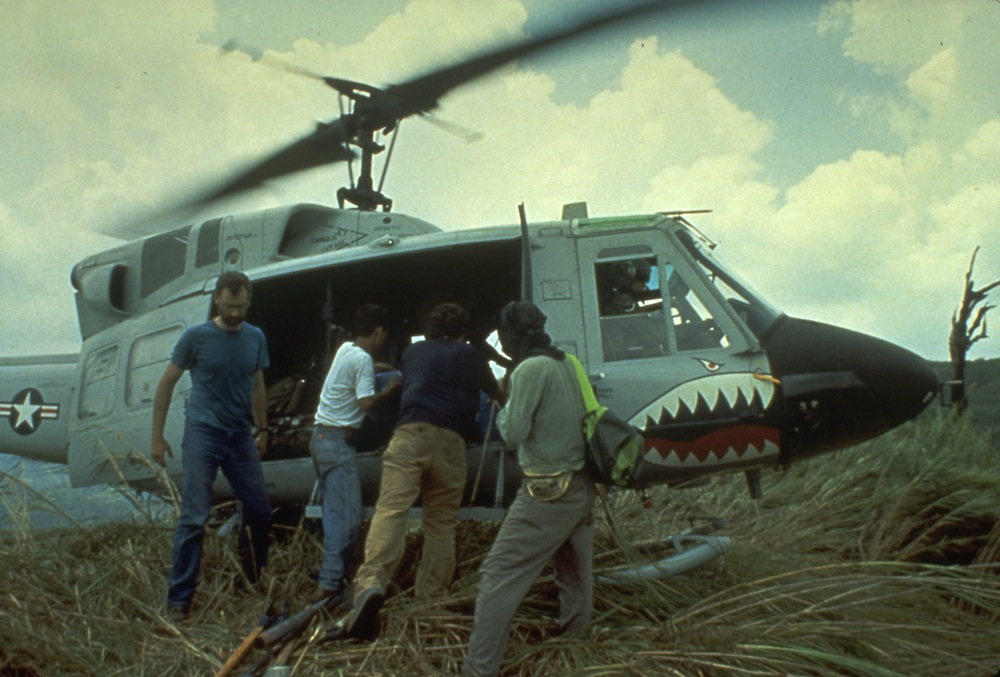Pinatubo Flashback, June 13, 1991: Uneasy Rumblings

On June 15, 1991, the largest land volcano eruption in living history shook the Philippine island of Luzon as Mount Pinatubo, a formerly unassuming lump of jungle-covered slopes, blew its top. Ash fell as far away as Singapore, and in the year to follow, volcanic particles in the atmosphere would lower global temperatures by an average of 0.9 degrees Fahrenheit (0.5 degrees Celsius). Twenty years after Pinatubo, LiveScience is reliving the largest eruption in the modern era based on what we know now. Join us each day through June 15 for a blow-by-blow account of what happened. [Read all installments: June 7, June 8, June 9, June 10, June 11, June 12, June 13, June 14]
June 13, 1991 - At 6 a.m., swarms of earthquakes begin to buzz around Pinatubo's base. At 8:41, it becomes clear that these quakes were heralds: Pinatubo blows again for the third time, spewing an ash cloud more than 15 miles (24 kilometers) into the air.
Unlike yesterday's eruptions, this one is very short, lasting about 5 minutes. When the American and Filipino volcano monitoring team get in their helicopter to take a closer look about an hour later, they have trouble seeing Pinatubo due to a thick haze hanging over the mountain. But they do see a small deposit of pyroclastic flow, the molten ash-and-gas combo that can overrun villages in mere moments. This is the first sign of pyroclastic flow on the east side of the mountain.
Things quiet down a bit after the morning eruption, but the seismic peace lasts only three hours. Around noon, the ground around Pinatubo starts bucking again, increasing in intensity as the afternoon and evening wear on. The team issues another eruption warning, but it's a false alarm. Pinatubo is done for the day.
Tomorrow: Bad gets worse as a typhoon approaches Pinatubo.
You can follow LiveScience senior writer Stephanie Pappas on Twitter @sipappas. Follow LiveScience for the latest in science news and discoveries on Twitter @livescience and on Facebook.
Sign up for the Live Science daily newsletter now
Get the world’s most fascinating discoveries delivered straight to your inbox.

Stephanie Pappas is a contributing writer for Live Science, covering topics ranging from geoscience to archaeology to the human brain and behavior. She was previously a senior writer for Live Science but is now a freelancer based in Denver, Colorado, and regularly contributes to Scientific American and The Monitor, the monthly magazine of the American Psychological Association. Stephanie received a bachelor's degree in psychology from the University of South Carolina and a graduate certificate in science communication from the University of California, Santa Cruz.









